In case you hadn’t noticed, major power outages are on the upswing. During the period of 2000 to 2004, there was an average of 44 power outages per year, nationwide. That rose to 100 per year in the period from 2005 to 2009, and doubled to 200 in the years 2010 to 2013.
In 2014, 14.2 million Americans were impacted by power outages, with California topping the list. I can’t find compiled data for the years after that, but in the first six months of 2014, there were 130, which shows a continuing of this trend.
Basically, our electrical grid is old. Power plants, distribution centers, substations and transmission lines are all designed with a 50 year lifespan. But a large chunk of our electric grid is older than that and an even larger chunk is approaching the 50 year threshold. In the Northeast, there are transmission lines which have been in continuous use for over 100 years.
The Fact: 3 Blackouts in One Day
On April 23rd, three major cities in the US received blackouts on the same day – New York, Los Angeles, and San Francisco; the largest, second largest and fourteenth largest cities on our country, respectably. The fact that these happened all at the same time and can’t be attributed to either hot weather (the use of air conditioning) or storms is suspicious.
While all three of these cities were hit by outages, San Francisco was hit the hardest, with business, traffic and many day-to-day activities coming to a complete standstill. We are so dependent on our electric grid, that there are few areas of activity which are not affected by a blackout.
Video first seen on Fox News.
Yet the left’s vision of green power is unrealistic. The only renewable (or green) power that is reliable is hydroelectric, and the United States has pretty much maxed out the use of available rivers in building hydroelectric plants. Unlike Lesotho, Bhutan and Paraguay, we can’t produce 99% plus of our energy needs from hydroelectric dams.
We need to depend on much less reliable wind and solar power, neither of which can provide power 24/7. Even geothermal power, which the United States is the world leader in, accounts for only 0.41% of our total energy needs.
Not replacing our aging power grid merely plays into the hands of our enemies, all of whom are aware of our high dependence on electrical power. We can be sure that any countries who look at the Untied States as a potential enemy, have both mapped out our electric grid (the information is readily available on the internet) and developed plans to disrupt it.
ENERGY SAVING PLAN – Find out how you can save energy following two simple steps!
The Question About the Cause
The question has been raised whether the power outages on April 23rd were part of a test attack by a foreign power or not. China and Russia lead the world in cyberwarfare, especially China. But they are not the only countries pouring resources into this new battleground.
Compared to other forms of warfare, cyberwarfare is cheap, requires few “soldiers” and minimal money spent on developing or acquiring arms. A small group of brilliant programmers and hackers can do wonders, when given the freedom to experiment.
When survivalists think of the grid going down, we tend to think of an EMP attack. I wrote about that recently, in regards to North Korea. But an EMP is only one of the options available to an enemy. Cyberwarfare entails less risks and requires less expenditure of money; yet can be extremely effective.
It is a known fact that nuclear power plants have been targeted for hacking, with considerable success. Remote control of a nuclear plant by a hacker can cause a variety of effects, ranging from reducing power output all the way through causing a meltdown of the core.
I’m not sure if it is possible, but if they can hack in far enough to cause a meltdown; it seems to me that they could also cause a runaway reaction, leading to an explosion.
Then there’s the attack on the San Jose, California substation in 2013. In that attack, unknown parties shot the coolant tanks on the substation’s transformers, draining the coolant out and destroying the transformers. Had it not been for the ability designed in to the electric grid to reroute and cover a destroyed substation, the people of San Jose would have been without power for months.
Our grid can absorb the loss of a substation, power plant or transmission line. But the more that are lost, the greater the chance of the domino affect taking over, causing more and more failures. If a major substation were to be destroyed during peak usage time, the number of people who would end up being affected could easily run into the millions.
What Is the Risk?
One of the biggest tactical mistakes in the protection of our country was when some unnamed officials admitted to the Wall Street Journal that sabotage of just nine key substations would be enough to bring down the grid.
Do you want to guess which countries have engineers hard at work determining which o the country’s 55,000 substations are included in that short list? Once they figure it out, there will be a clock on our country’s electrical power use.
Potential attacks like this, and our dependence on electricity, make our country much more vulnerable than it was 100 years ago, or even 50 years ago. The more we depend on electronics in our day-to-day lives, the more easily our lives can be disrupted.
Worse than that, the disruptions that we would experience can’t be replaced by other systems, as we no longer have those systems available to us.
- Loss of water pressure as the city water loses power
- Loss of heating and air conditioning
- Loss of communications, once phone companies run out of fuel for their generators
- Loss of fresh and frozen food, without stores having refrigeration
- Loss of transportation, without the ability to pump fuel out of underground tanks
- Loss of our supply distribution system, which is highly dependent on computers
- Loss of much of our medical services, which depend on electricity as well
- Loss of jobs and the associated paycheck, as few companies can operate without electricity
- Loss of education, when the schools shut down
- Loss of air travel, which depends on radar and radios for communication, not to mention the fuel they need to get those planes in the air
- Loss of the news media, which needs power to broadcast
- Loss of the internet, which is all electronic
- Loss of sewage systems, as soon as the sewage lines back up. Water treatment plants depend on electricity to drive their pumps. Without that, the system backs up.
- Loss of refrigeration, so our food will spoil
- Loss of access to our money, as we mostly depend on electronic money
- Loss of access to money in the bank, as the computers which tell the bank how much money we have would be inoperative
- Loss of commerce, in general, due to the inability to access money
- Loss of defense, as the military depends heavily on electronic communications, as well as electrical power to control and run our weapons systems
I could keep going, but I’m sure you get the idea. Basically, everything we depend on, depends on electricity to operate. So, without electricity, our lives come to a standstill.
That’s a fact known to our friends and enemies alike. So is the lead time on new transformers for substations and how few manufacturers there are in the world build those custom artifacts. Maybe it wouldn’t have as major an impact on the USA as a nationwide outage caused by an EMP would, but the fact is, it wouldn’t take much to take out the grid regionally, in any part of the country.
Without electrical power, it wouldn’t take long for fear to set in and for people to turn against each other. FEMA’s recommendation of three day’s food isn’t going to help people much, when they’ll be without electrical power for weeks or even months.
Even Hurricane Katrina left some people without electrical power for six weeks, and that didn’t take even one terrorist who was willing to lay down their life in pursuit of a larger cause.
When Going Off-grid is Not Your Choice
For us here in modern-day America, the loss of the electric grid is probably the ultimate urban survival challenge. With our lives and our communities so dependent on electrical power, the loss of that power would quickly lead to a breakdown of society. As soon as people realized how close they were to starvation, they would panic; and that, in turn, would lead to them turning on each other; especially on those who they suspected had food.
Survival in such a situation has to include complete isolation from others. The old adage of “out of sight, out of mind” applies here. If people don’t see you, they won’t be asking how you are doing. Nor will they have the chance to ask you if you have any food that you can share with them. They may speculate, but that’s all it would be.
This would be an ideal time to disappear to that secret cabin in the woods, if you are fortunate enough to have one. If not, you’ll need to make your home look as abandoned as possible, while you live off of whatever food and water you have stockpiled.
Depending on how widespread the blackout is and how it happens, repairs could take months or even longer. In a case where substation transformers are destroyed, it takes a year to build new ones. That’s long enough that the loss of life could be severe enough to prevent their replacement. America, as we all know it today, could cease to exist.
This is why a three day supply of food isn’t enough. For that matter, a three month supply of food isn’t. You are going to need at least a year’s worth of food to survive this sort of attack, and possibly even more.
The year figure I just mentioned is based upon the assumption that within that year, you can get your own food production up and running. But if you can’t, then you’ll need more than a year’s worth of food in your stockpile.
Water will be at least as critical, if not more so. The idea of surviving off the water in your hot water heater or the community pond assumes that you’re only going to have to survive a short period of time. When we’re talking a year or more, you’re going to have your own means of harvesting water.
If you live in an area with a lot of rainfall, you’ll be able to use rainwater capture to provide you with water. But if not, about the only truly reliable means of providing yourself with water is with a well, unless you happen to be fortunate enough to have a river flowing across the edge of your property. Any other method for getting water would require you going out in public and letting people know that you are alive, healthy and obviously eating.
The ability to defend yourself could ultimately be the most important part of your survival preparedness. Regardless of who you are, where you are, or how well you isolate yourself from society, somebody is going to realize that you are there. That realization will probably be quickly followed up by the thought that you are better fed than they are, which would mean that you have food.
Once people realize that you have food, when they don’t, you’re in trouble. While some will limit themselves to begging for food, others will try to take what you have. In either case, you’ll have to be ready to defend home, family and your stockpile as well.
That may even mean defending your chickens and vegetable garden. When people are desperate and hungry, they do desperate things. Scaling your fence to steal some food may not even seem all that desperate to them. But if you allow it, your garden will be cleaned out in a matter of days.
Sadly, survival carries with it some hard decisions. Decisions like not helping others, so that you can take care of your own.
If you can’t make that decision and then follow through on it, chances are, you won’t survive.
Click the banner below for more!
This article has been written by Bill White for Survivopedia.
























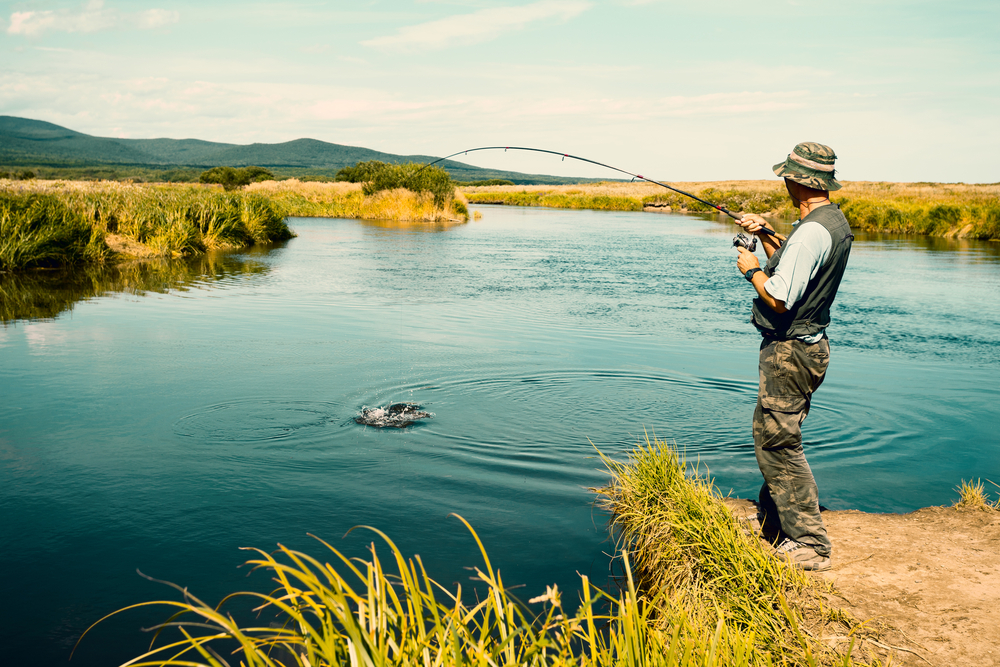


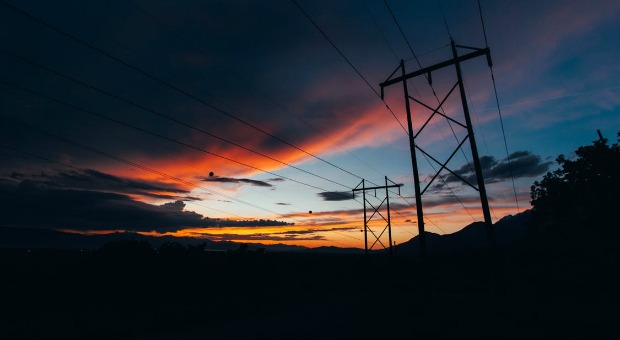
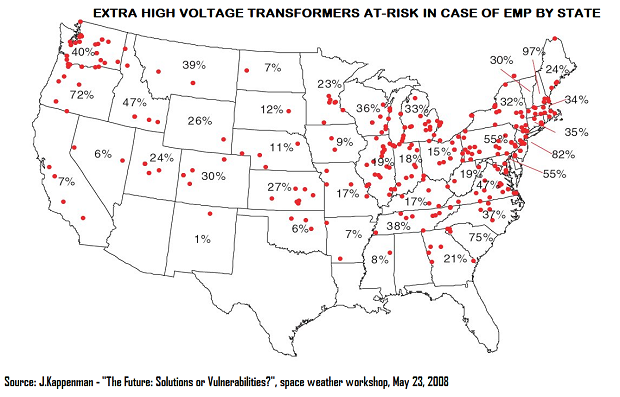
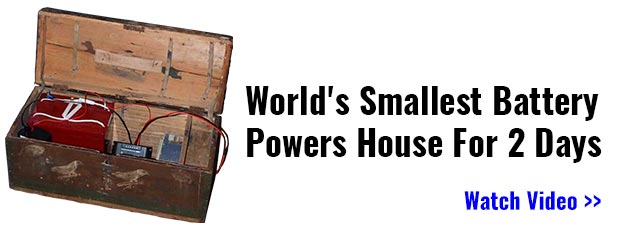





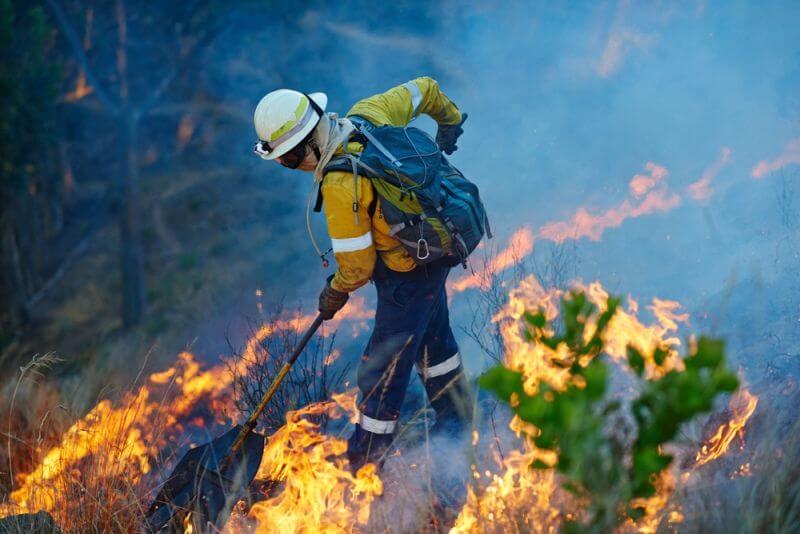
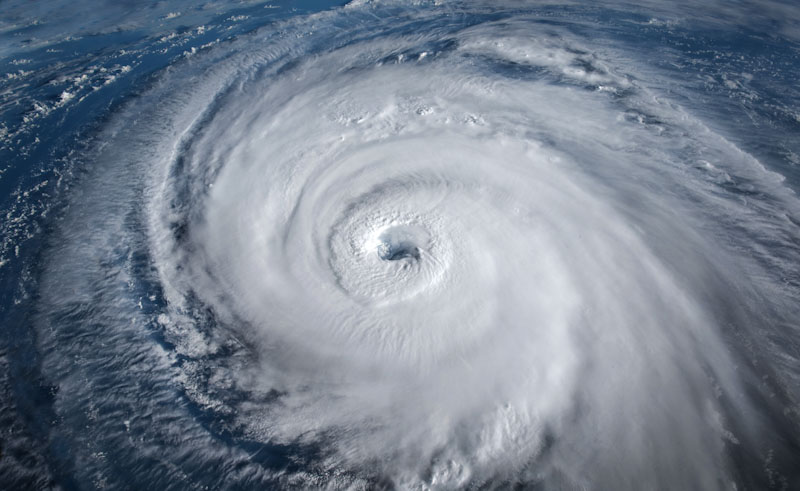



















































It’s because the power company’s WON’T spend any of the hundreds of. Billions they make to up grade their equipment from the early 1900s to the twentyfirst century technology. They just give themselves and the unions raises. And that’s a public utility. Hang them all when it go’s down.
As much as I hate big gov’t, this is one of the few places they should be helping out by subsidizing the hardening our electrical infrastructure.